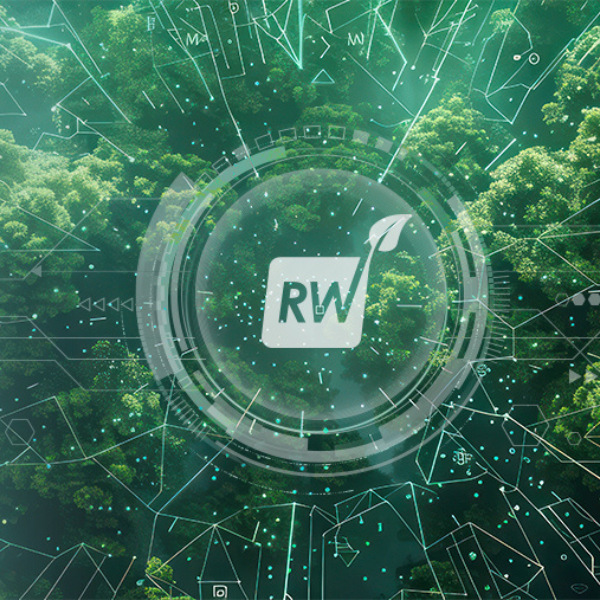Seaweed-based packaging is emerging as a viable alternative to petroleum-based plastics. Fueled by a combination of regulatory shifts and mounting consumer expectations, this niche market is expanding rapidly, with applications increasingly relevant to restaurants, distributors, and institutional buyers.
Market analysts are projecting significant growth through 2031, driven by increased demand for eco-conscious materials and scalable alternatives to traditional packaging. For foodservice operators, seaweed packaging is showing potential in areas like takeout, beverage lids, straws, and single-use containers.
Growth Drivers Behind Seaweed Packaging Adoption
The uptick in demand for seaweed packaging is underpinned by several key factors shaping procurement strategies in foodservice:
Biodegradability and compliance: Seaweed-based materials break down in natural environments and meet many of the current standards for compostability and non-toxic degradation, aligning with state and local mandates on packaging waste.
Consumer alignment: Diners increasingly expect sustainable choices from the brands they patronize. Plant-based packaging, particularly when visible in delivery and to-go formats, offers a tangible point of differentiation.
Supply chain feasibility: Unlike some other biomaterials, seaweed grows rapidly, does not require freshwater or fertilizers, and can be harvested at scale in certain coastal regions, making it a more predictable input for manufacturers.
Targeted Applications In Foodservice
While seaweed packaging is not yet a universal substitute for all plastic packaging, its use cases are growing in strategic segments. Products made from seaweed materials are being trialed or implemented in:
Single-use cutlery
Cold beverage lids and straws
Disposable bowls and trays
Flexible film wraps for limited shelf-life items
These formats cater directly to restaurants with high takeout volume, quick-service chains, institutional cafeterias, and meal kit providers. Distributors sourcing sustainable alternatives are paying close attention to developments in this category, particularly where pricing is beginning to stabilize.
Positioning For A Changing Regulatory Landscape
Packaging alternatives are becoming not just preferable but necessary. Seaweed-based materials are drawing increased attention from regulatory bodies and industry groups as one of the more scalable, naturally abundant solutions on the table.
While the market is still maturing, foodservice stakeholders who begin evaluating suppliers and testing product performance now may gain a competitive edge as regulatory compliance tightens and customer expectations evolve.






